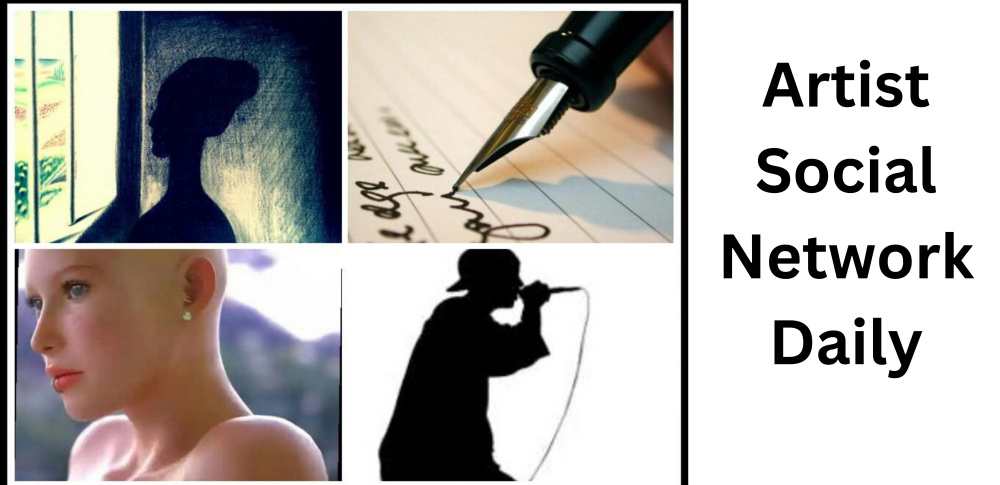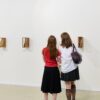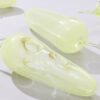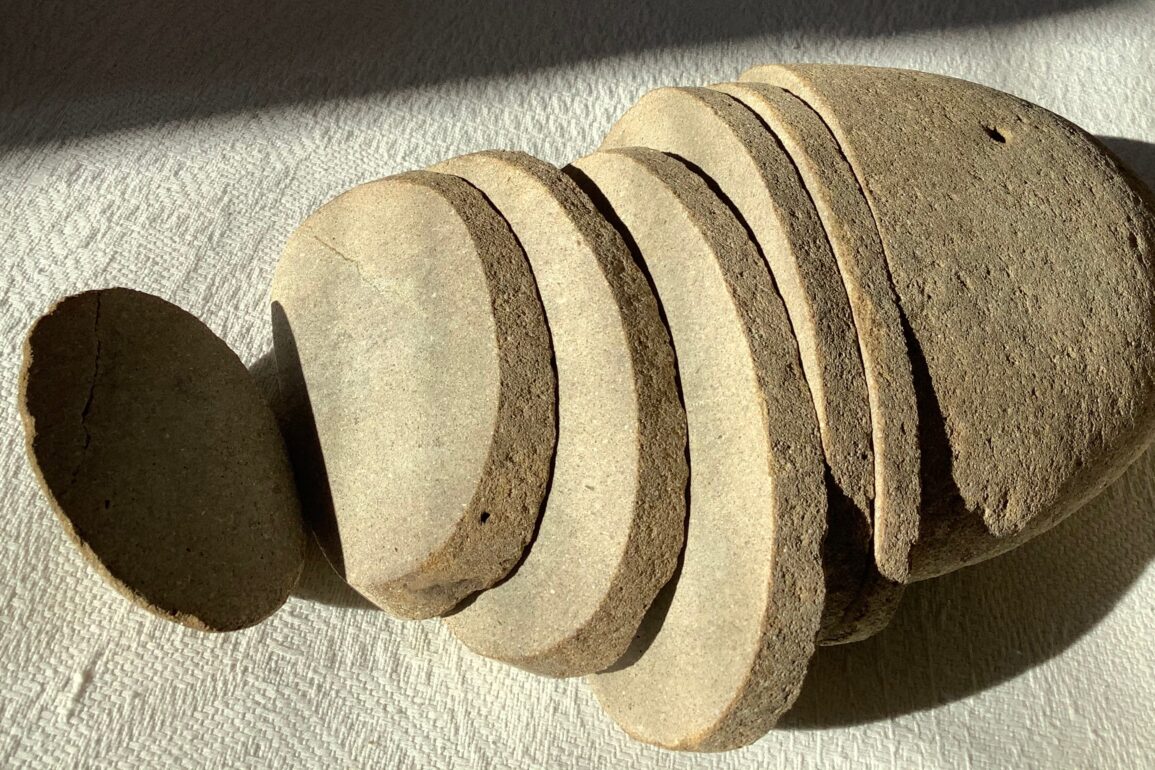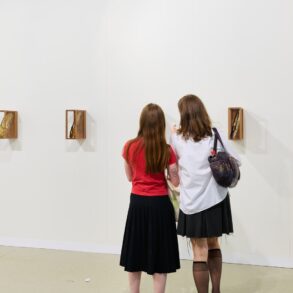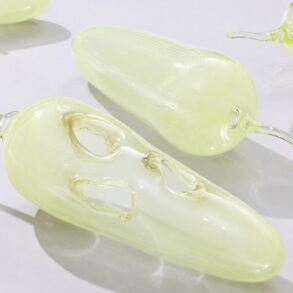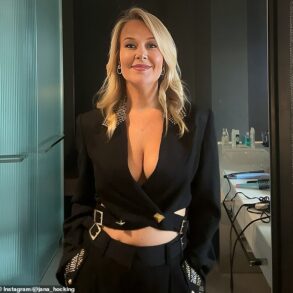They may look like a random collection of pot plants, some of them with yellowing leaves. But they have been labelled as “refugees” and the accompanying tags explain that they were rescued from bombed-out schools, libraries and hospitals across Ukraine, alongside photos of them in situ. Representations of clothing fashioned from the bathroom tiles of shelled apartments and factories hang on a wall. Stone loaves of sliced bread stand on a table. The banal and the ordinary are transformed into something unexpectedly evocative in the hands of one of Ukraine’s leading artists.
Yet when Russia launched its full-scale invasion of Ukraine three years ago, Zhanna Kadyrova despaired. “I felt useless,” she tells me. “I had spent 20 years as an artist and have no other skills. I thought, art is weak and just for times of peace. What use is art in the face of a tank?”
Quite a lot, it turns out. Not only has Kadyrova, 43, been using her art to raise attention round the world to Russian atrocities, she has also managed to raise money to buy repurposed vehicles for the front line.
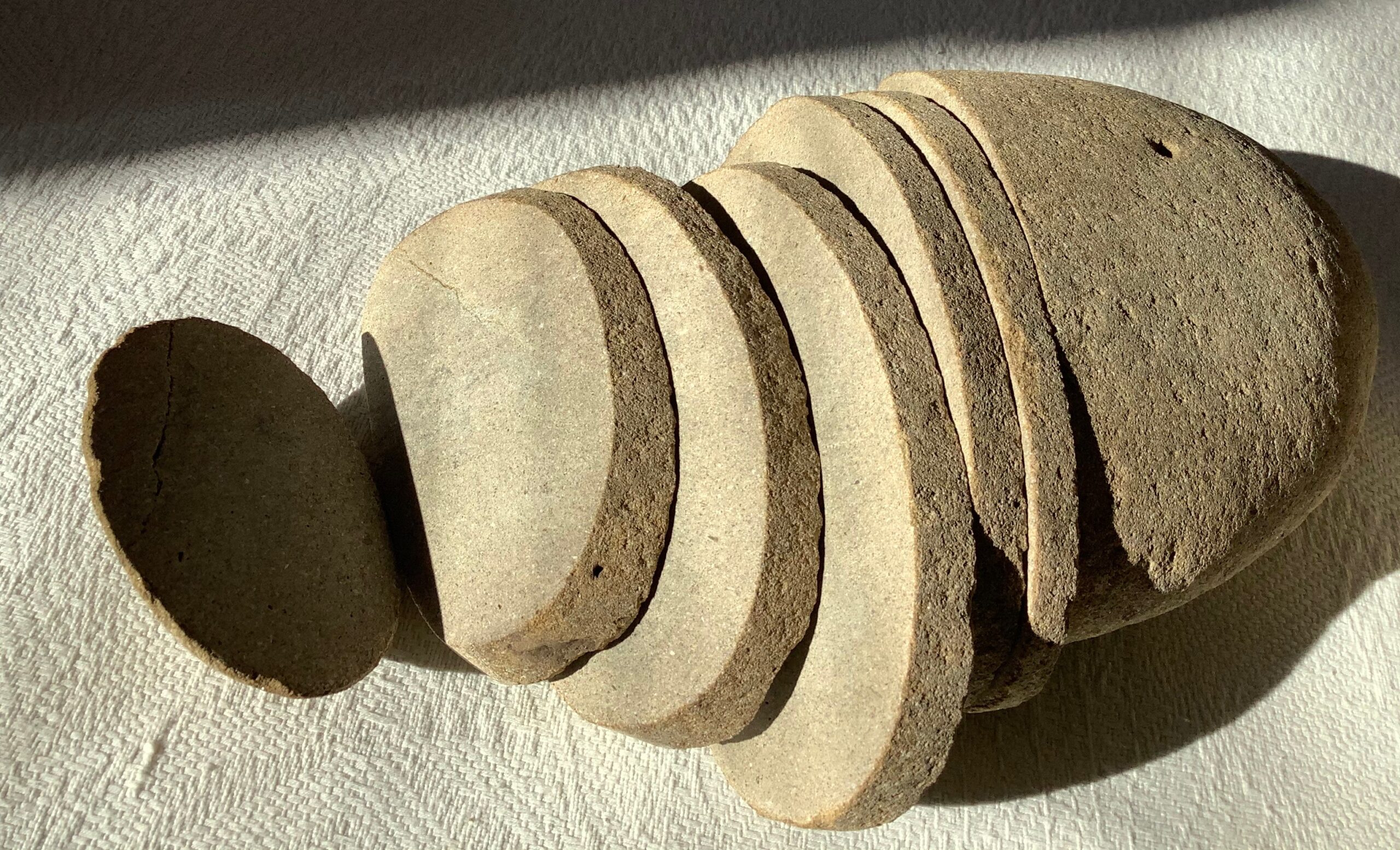
Palianytsia by the Ukrainian artist Zhanna Kadyrova
ZHANNA KADYROVA
What she calls “the miracle” — the realisation that art may have a role in war — came in the Carpathian Mountains, where Kadyrova had retreated after the invasion in February 2022. One day, while walking alongside the river, she noticed that some of the stones looked like loaves of bread and began collecting and slicing them with a stonecutter.
She called the resulting exhibit Palianytsia, the Ukrainian word for a traditional home-baked loaf to welcome visitors. It had taken on a new significance as a word Russians cannot pronounce, turning it into a password and a way of detecting infiltrators. “It’s a symbol of our resistance,” she says.
Shown internationally, from Paris to Bangkok, the bread-stones proved lucrative and compelling: “I realised I could use art as a voice against Russian propaganda.” Kadyrova moved back to Kyiv, where she has lived ever since, part of a community of artists working to raise awareness and money.
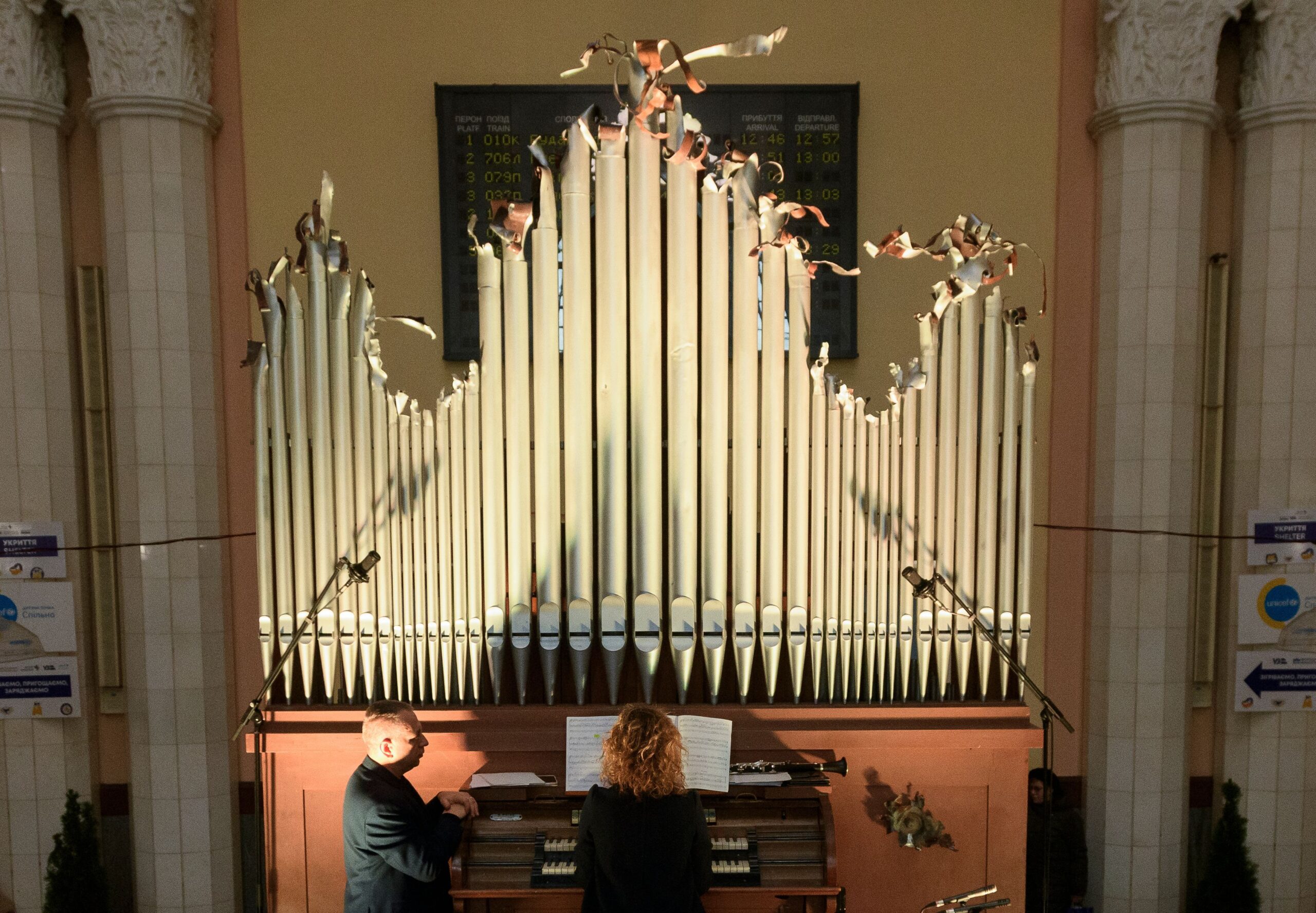
Kadyrova’s pipe organ at Lviv station
MYKOLA TYS/EPA-EFE/SHUTTERSTOCK
One of her works, Instrument, a church organ with pipes fashioned from spent Russian missile casings she collected from the front line, was the Ukrainian exhibit at last year’s Venice Biennale. Today it is in Lviv station, and used by visiting musicians in weekly concerts.
Kadyrova is one of several artists featured in War Paint: Women at War, a remarkable new documentary by the British film-maker Margy Kinmonth, about generations of war-going women who have too often gone unrecognised.
Among them is Linda Kitson, who was Britain’s official war artist during the Falklands conflict in 1982 — the first female to carry out this role and the only woman, she says, “among 10,000 male troops, apart from two nurses down in the bowels of the ship”.
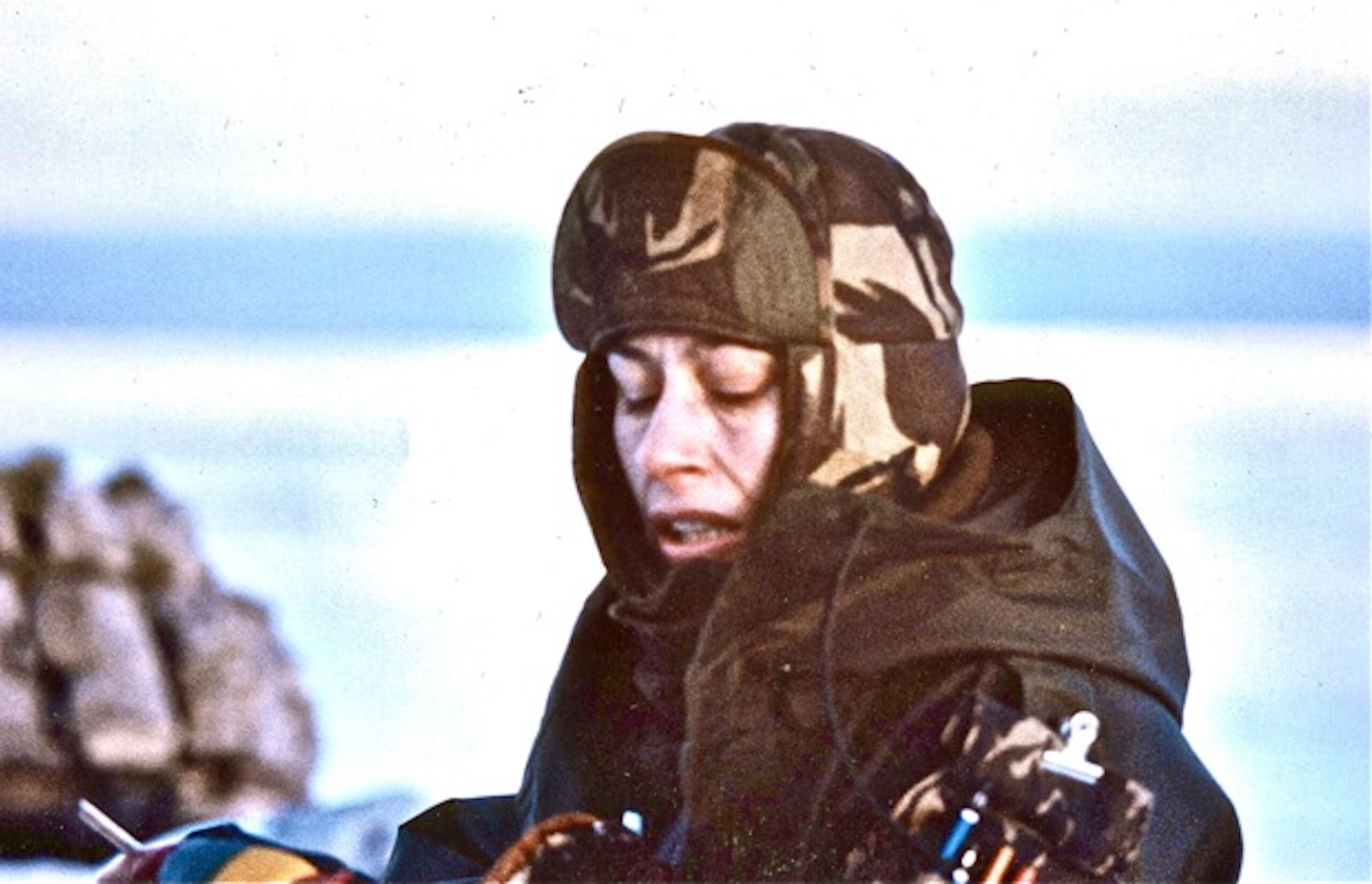
Linda Kitson, who was Britain’s official war artist during the Falklands conflict in 1982
COURTESY OF LINDA KITSON
Kitson followed them into battle, producing numerous eyewitness pen-and-ink sketches, despite working under fire and in subzero conditions that necessitated covering her hands with five layers. Yet, as Kinmonth complains, “she never got a damehood. And was really unfairly disregarded.”
Then there is Lee Miller, the fashion model and muse turned Second World War photographer for Vogue. She never spoke to her son about her war images, leaving him to discover a cache of 60,000 slides in the attic after her death. Her story was recently brought to the big screen in Kate Winslet’s Lee.
• Watch my chat with Kate Winslet about the extraordinary Lee Miller
But most female artists were restricted to the home front during the Second World War, where they produced propaganda posters. Some, like Gladys Hynes, used their talent to create antiwar messages, for example in her best-known work, Crucifixion, which depicts a pilot lying on a plane’s fuselage. It was apparently a homage to her younger brother, who was killed in an air crash.
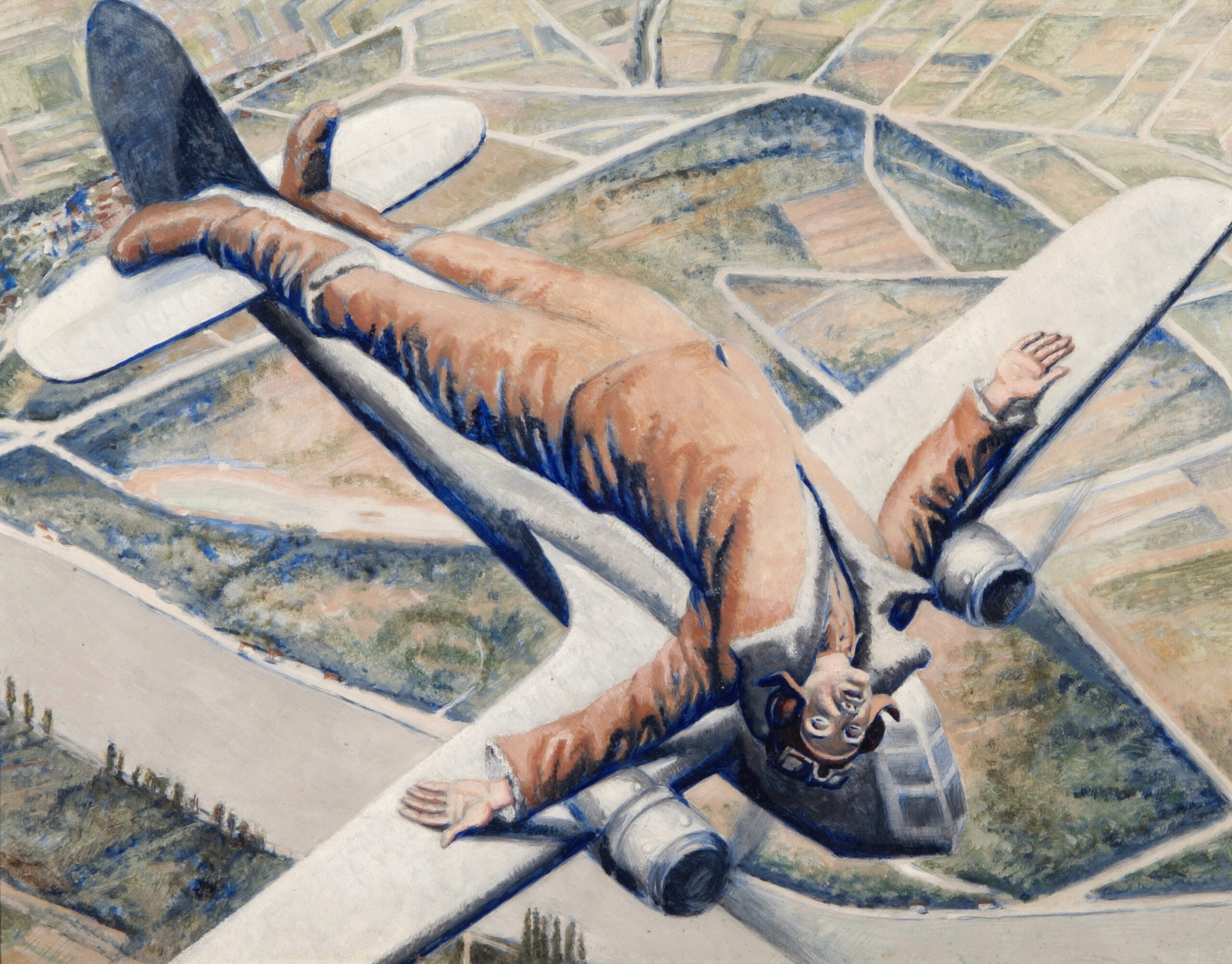
Crucifixion by Gladys Hynes
THE RAF MUSEUM
In the film the novelist Penelope Lively recalls her aunt the artist Rachel Reckitt driving through London’s East End with her sketchbook during the Blitz. “The war stimulated her,” she said. “However, she was very aware of the horror, which had a profound effect.”
Such women were trailblazers for artists I have come across in recent wars, such as Arabella Dorman, a portrait painter based in Chelsea, London, who went to Iraq and Afghanistan as a war artist. So moved was she by what she saw that she dedicates much of her time to highlighting the effects of war on women and children.
Kinmonth asks the question, what is it that women see in war that men don’t? It’s a question close to my heart since I was a female war correspondent in what was, when I started, a very male world (thankfully that has changed).
For these artists, the story of war is about people trying to keep their lives together (usually the women) just as much as it is about those fighting in the trenches (what I call the bang-bang, mostly involving men). It is also about the aftermath — the fact that peace agreements don’t mean an end to trauma. There is the dark side of what happens to women in war, particularly the use of sexual violence. Kinmonth talks to the American photographer Nina Berman about children born from rape in the Vietnam War — called “Amerasian” children at the time — and “how, for many women, a war can never really be over”.
We have seen this again in Ukraine, where Russian soldiers have raped women and castrated men — and in Israel and Gaza. Kinmonth points out that there has long been rape in war: her film shows embroidered depictions in the Bayeux Tapestry, which, as she says, was “stitched by nuns”.
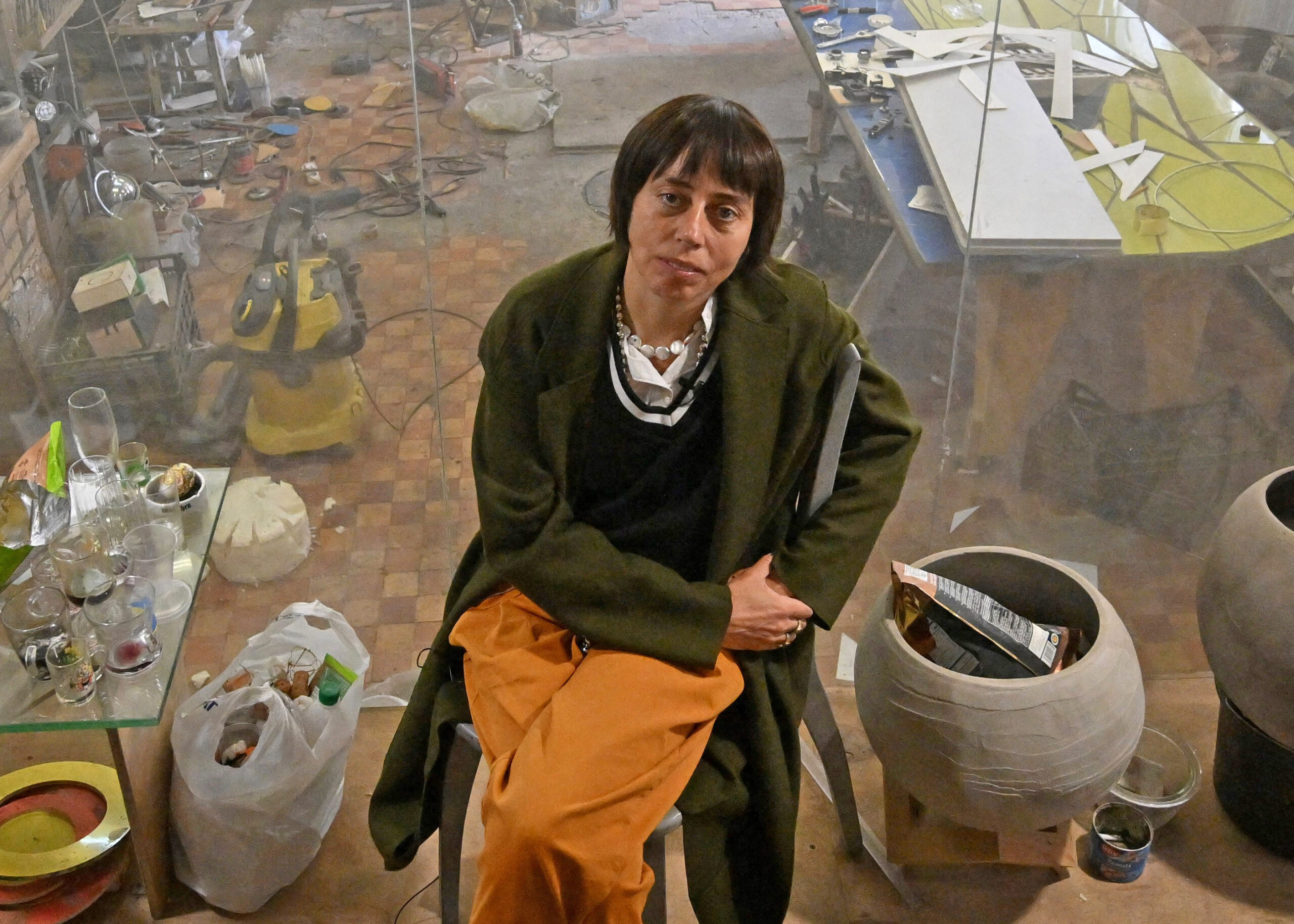
Zhanna Kadyrova at her Kyiv workshop: “I realised I could use art as a voice against Russian propaganda”
SERGEI SUPINSKY/AFP/GETTY IMAGES
In Ukraine, Kadyrova tells me, the war has given female artists a new platform. “When I started out the art world was maybe 80 per cent men and it was hard to break through. But now, with men on the front lines, it is us women blazing the path.”
She was recently honoured with the prestigious Taras Shevchenko prize, Ukraine’s equivalent of the Turner — the first woman in 20 years to receive it. For her, sales have been more important: her recent proceeds have bought more than 20 vehicles for fighters. “It’s like a black hole,” she says with a shrug. “They get blown up within three weeks.”
War Paint opens in cinemas on Mar 28
Which films have made an impact on you at the cinema recently? Let us know in the comments below
This post was originally published on this site be sure to check out more of their content
